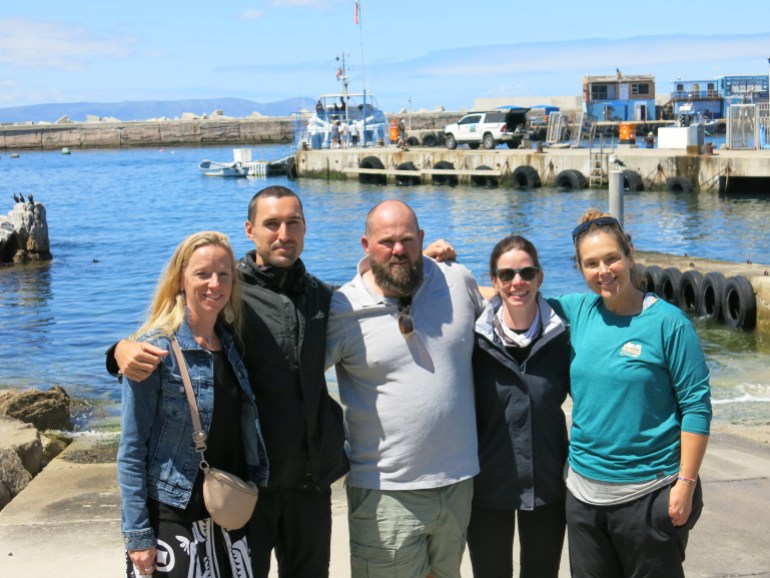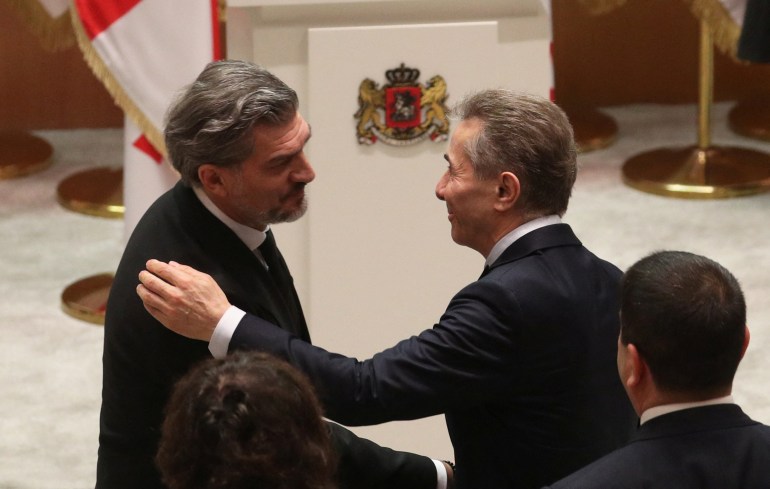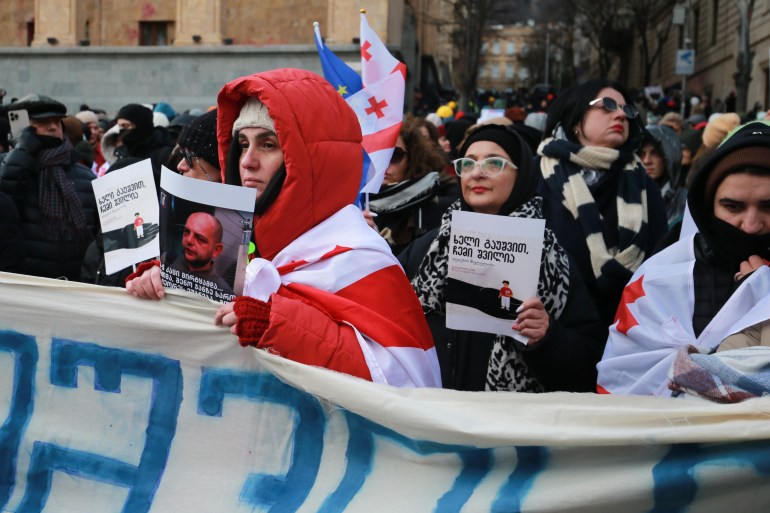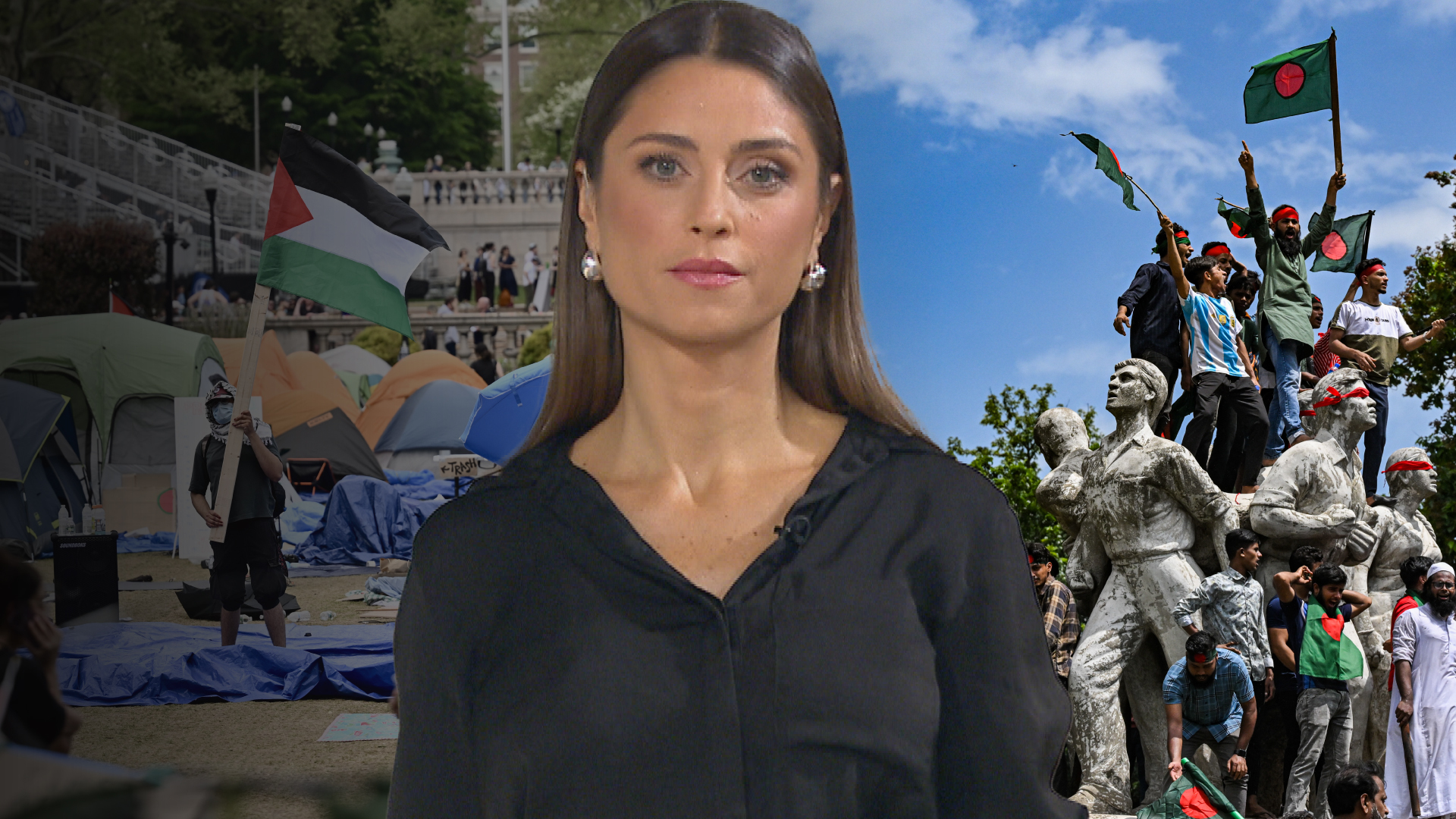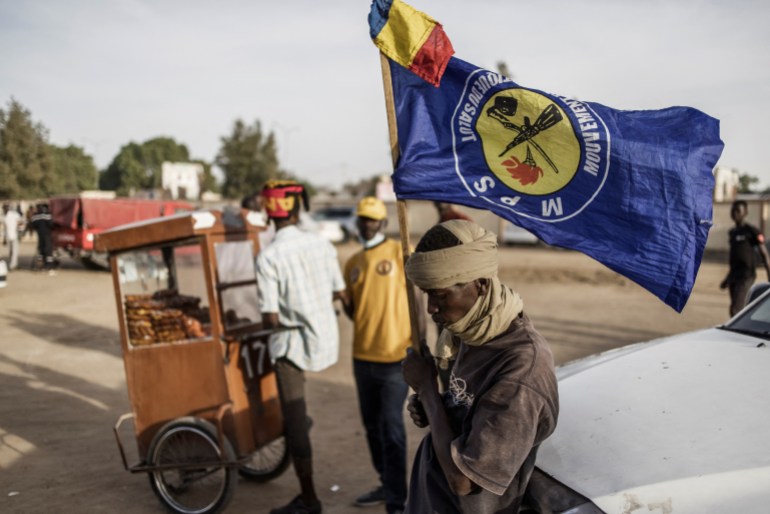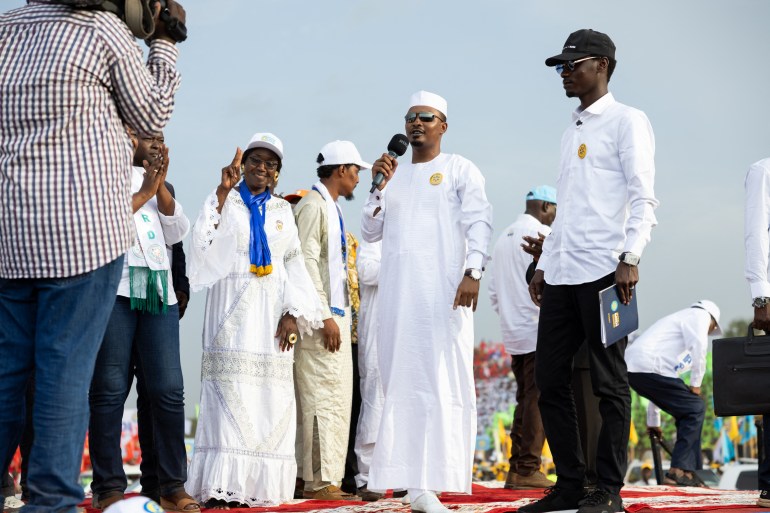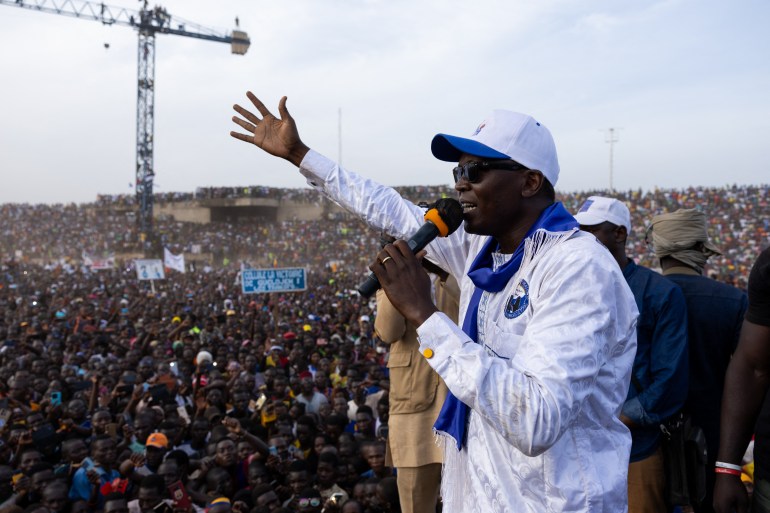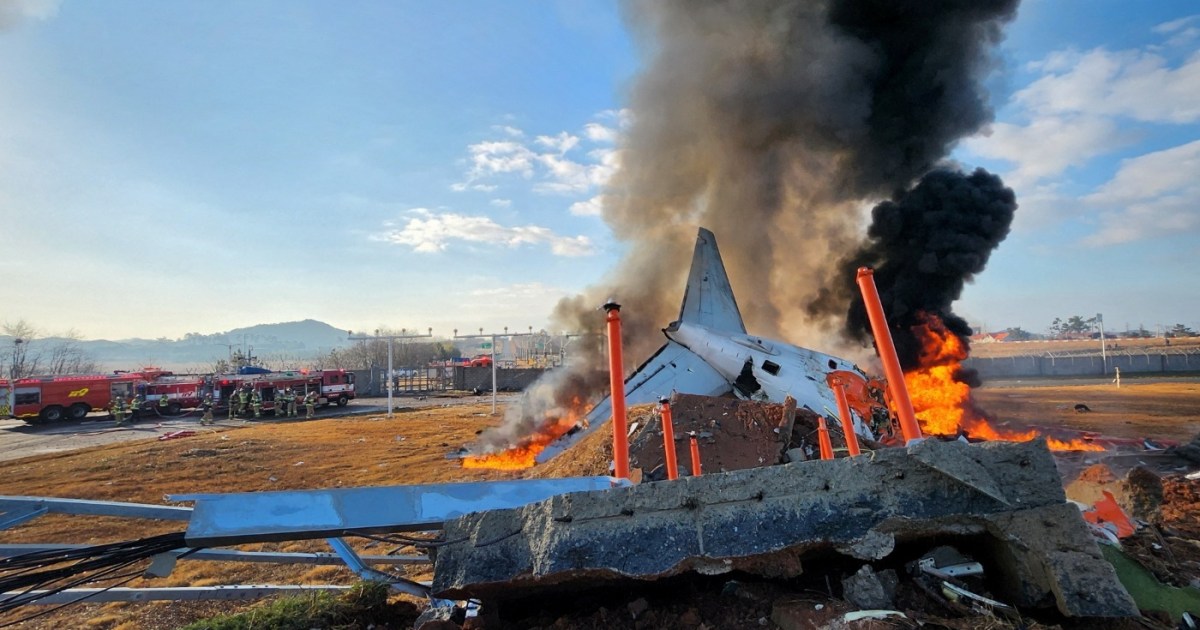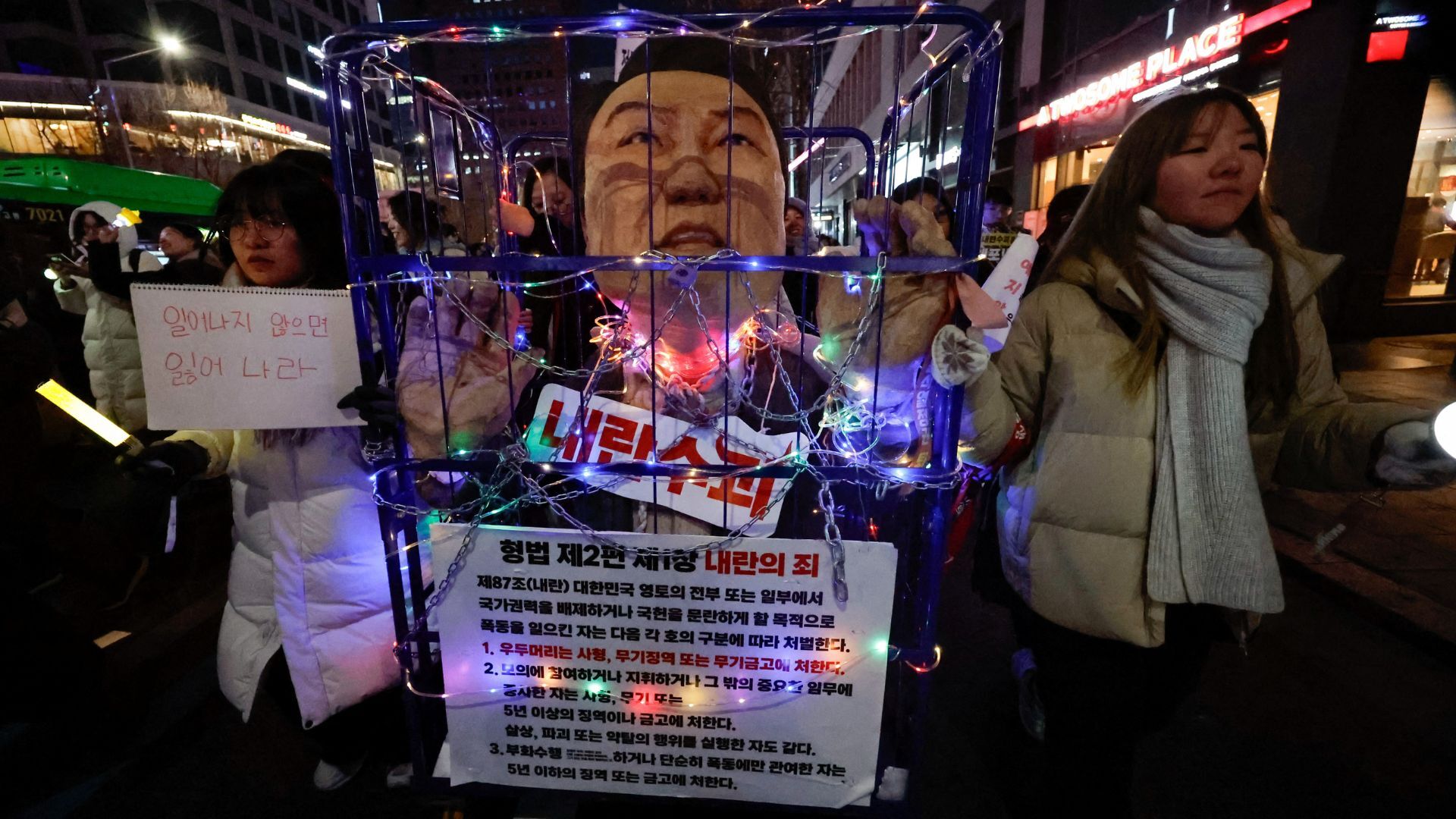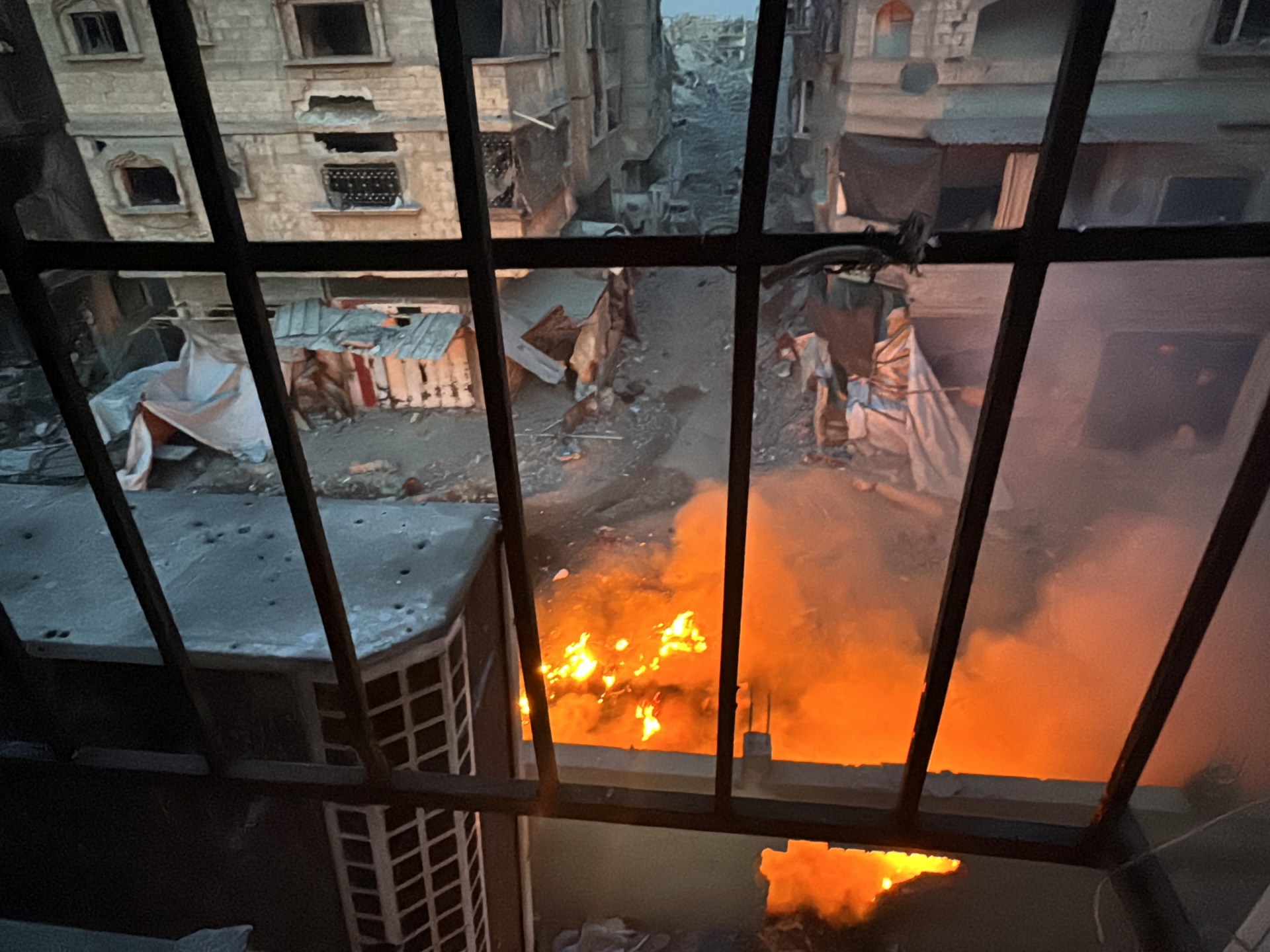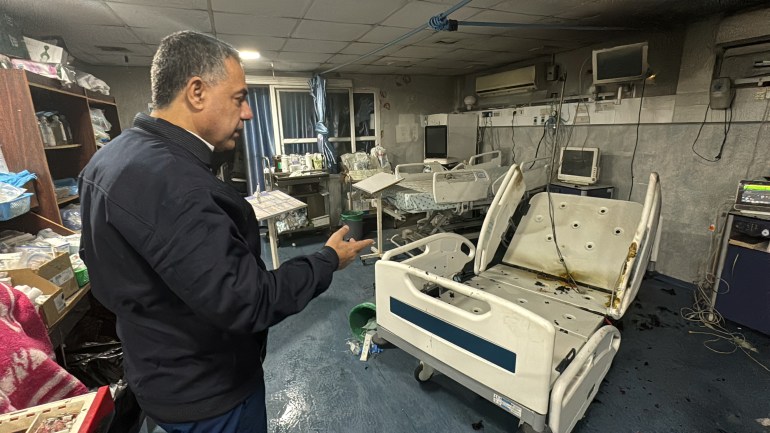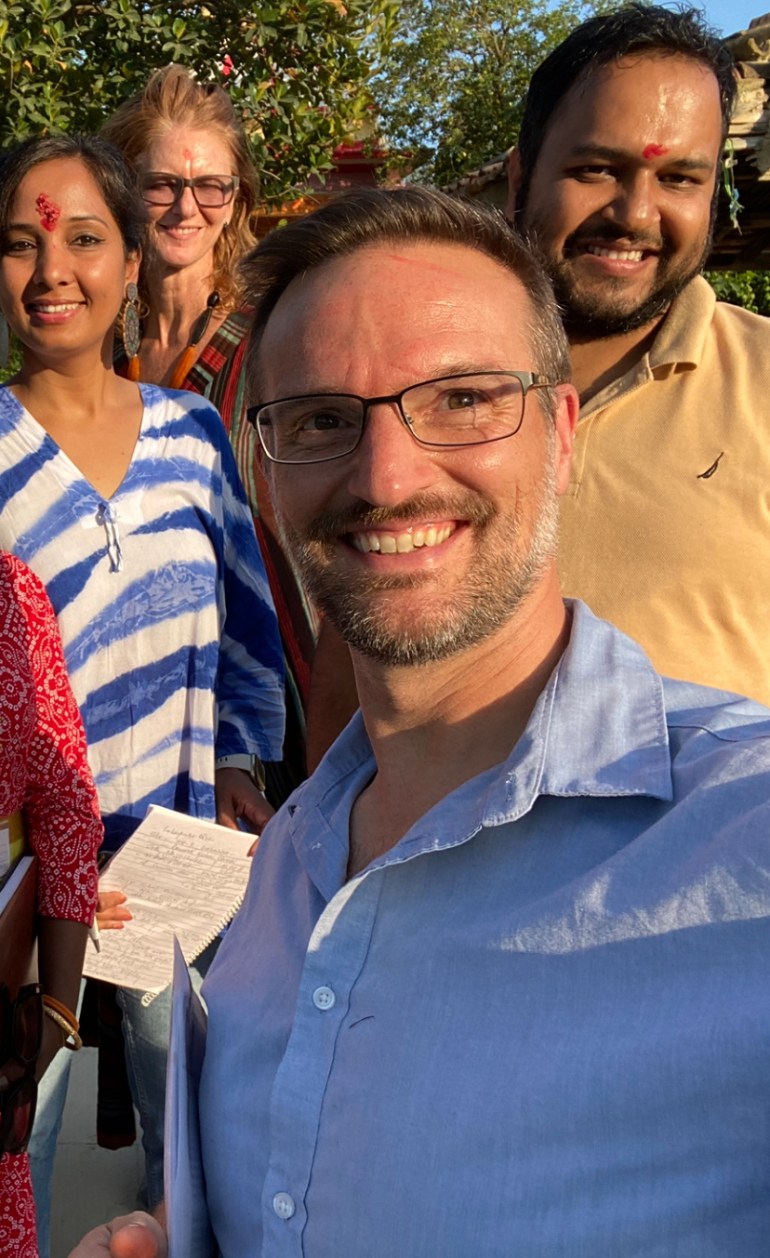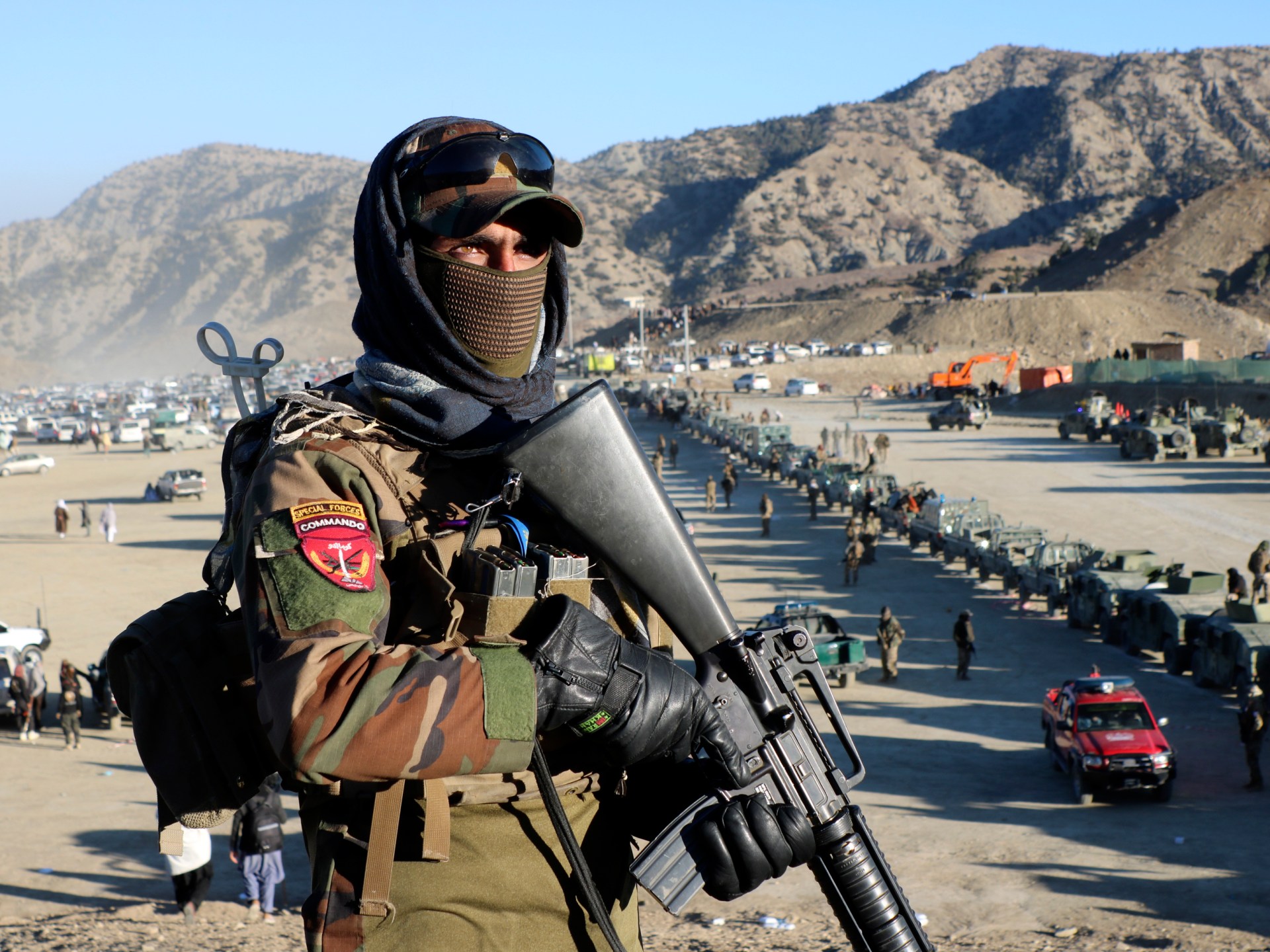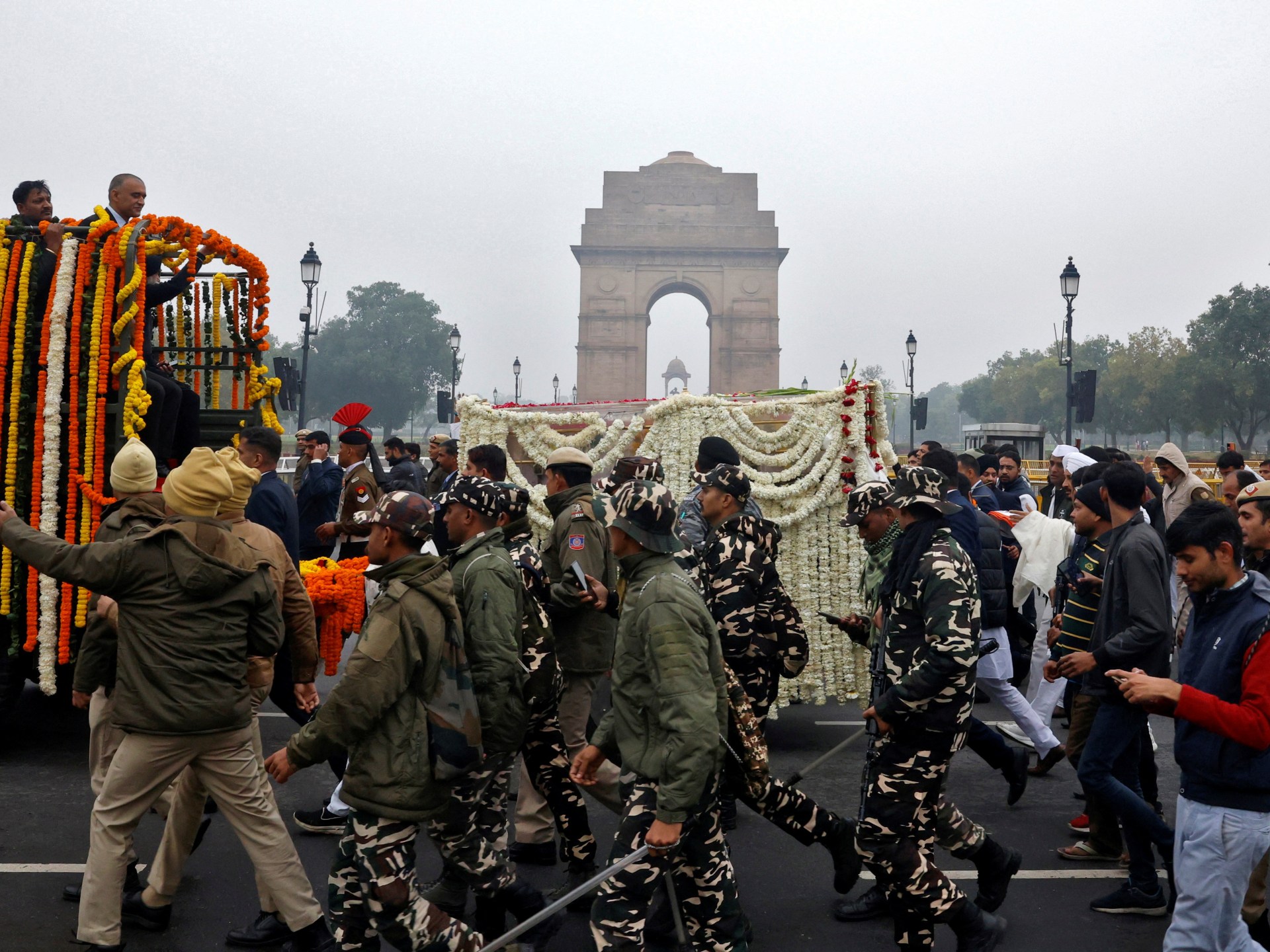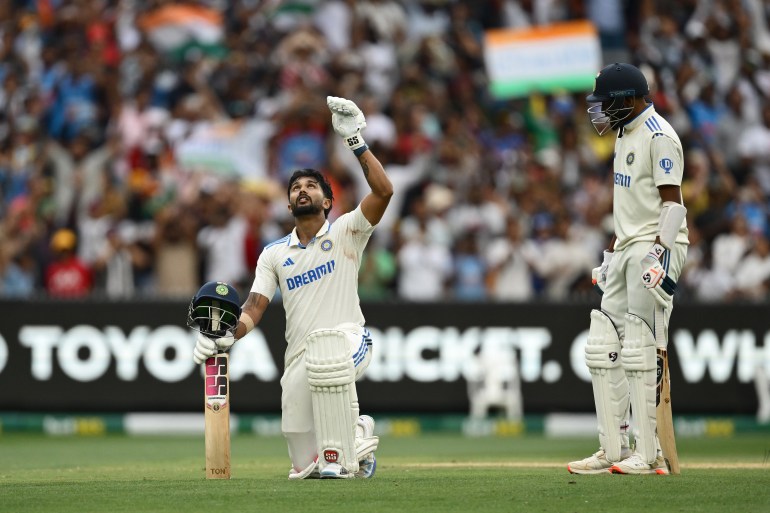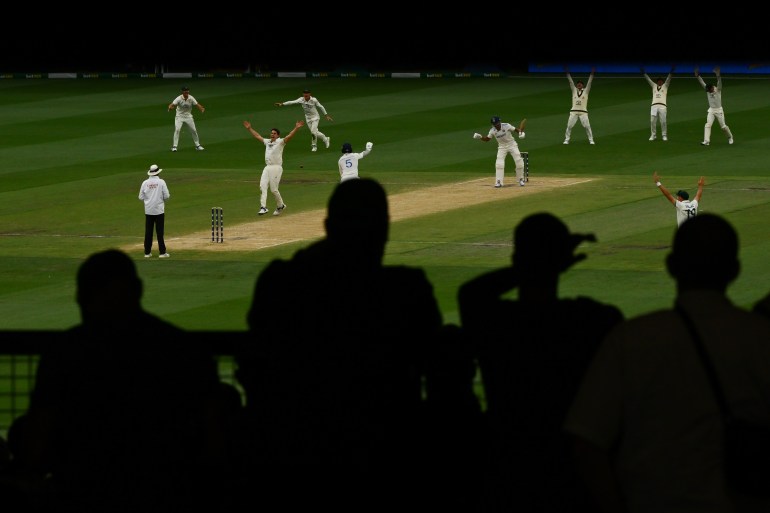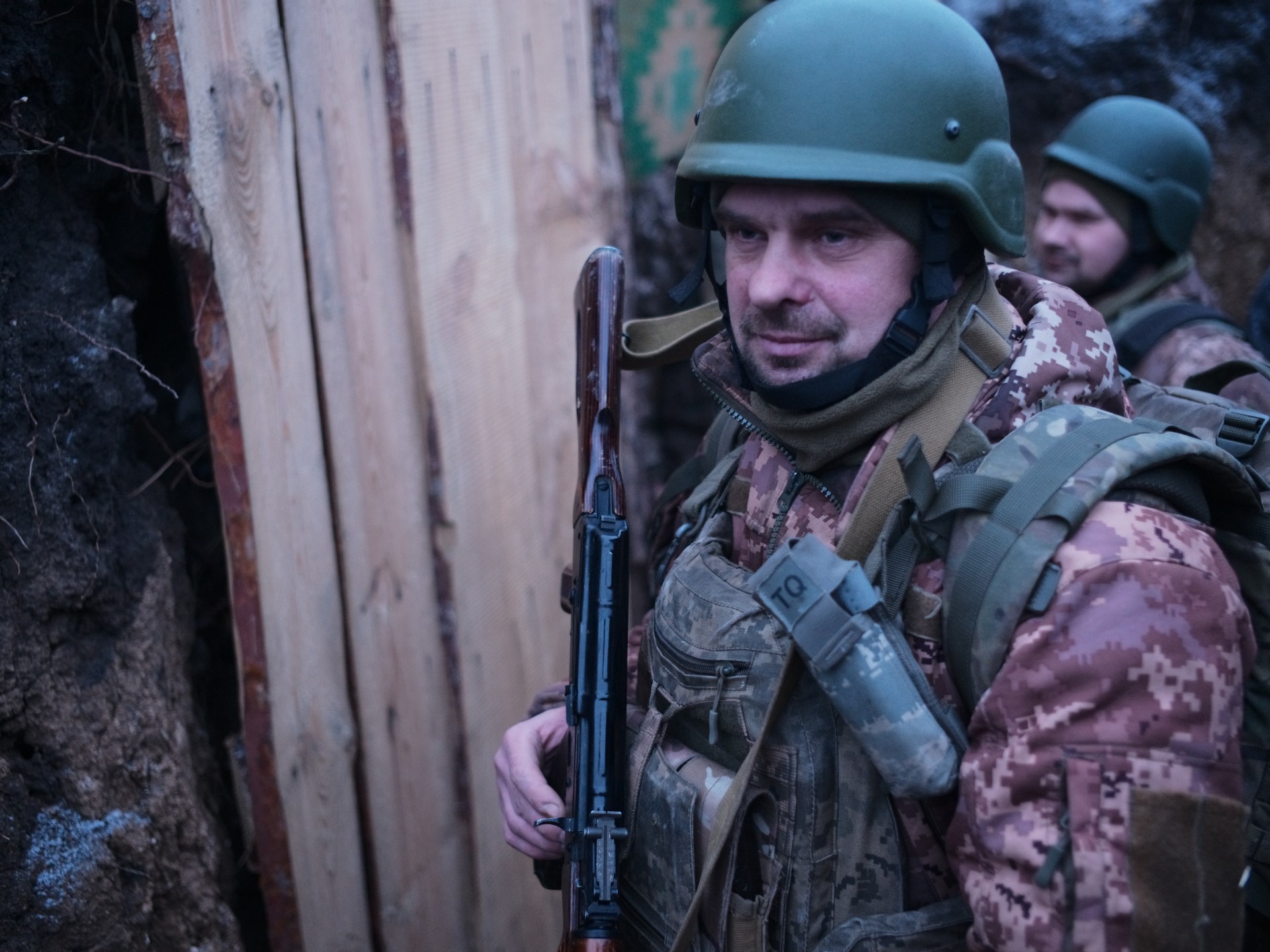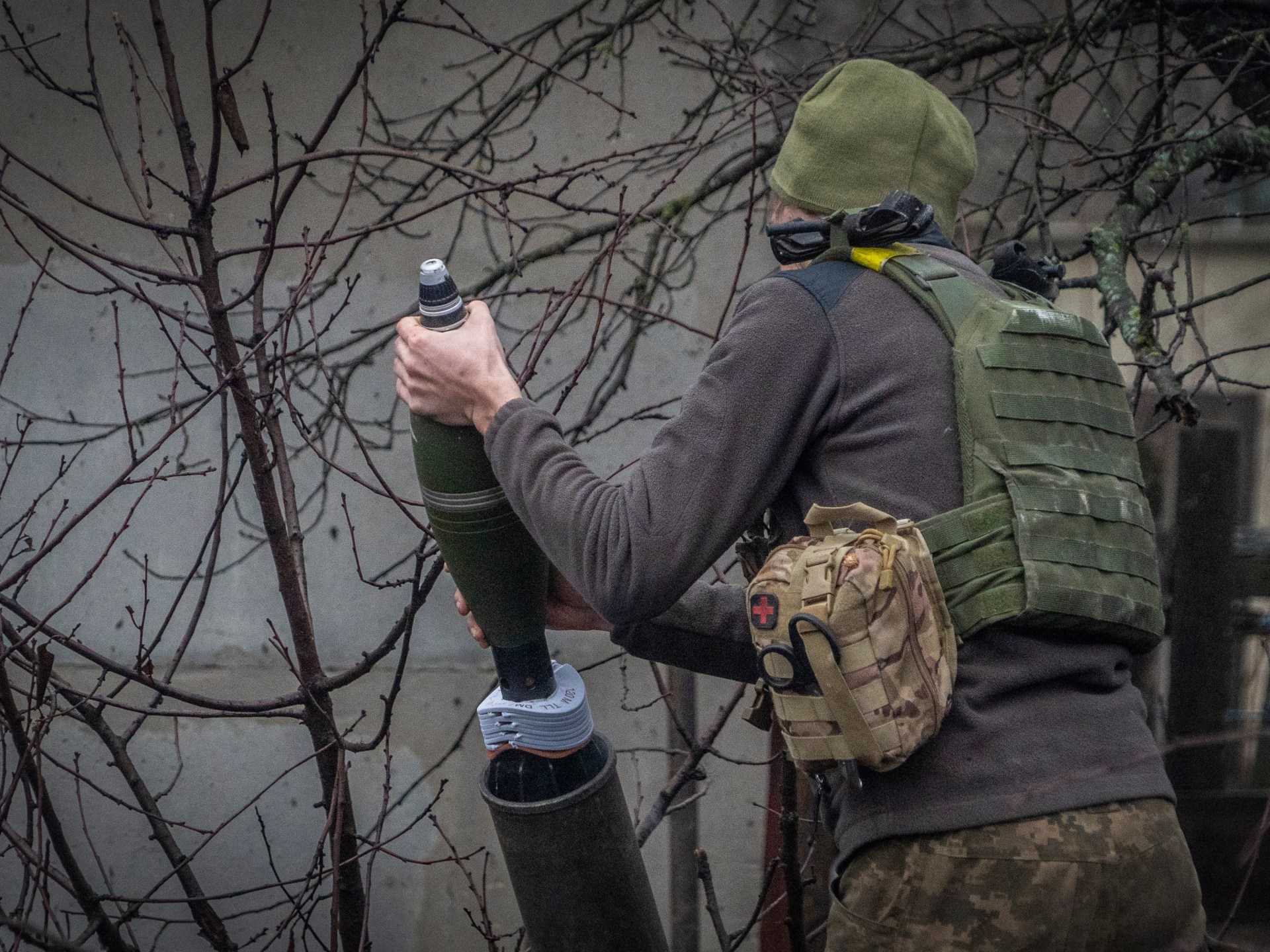Ukrainian forces have killed or wounded more than 1,000 North Korean troops Russia has sent to fight them, according to Kyiv and officials in South Korea.
“According to preliminary data, the number of killed and wounded North Korean soldiers in the Kursk region already exceeds 3,000 people,” Ukrainian President Volodymyr Zelenskyy said in his evening address on December 23.
South Korean intelligence put the North Korean dead and wounded at 1,100, and said the North was preparing to send more troops. North Korea sent 11,000 troops to fight in the Russian region of Kursk, which Ukraine counter-invaded in August.
North Korean troops were evidently untrained in dealing with Ukrainian drones, which took a high toll. In one instance, Ukrainian drone operators recorded how a North Korean soldier accidentally shot his comrade as they tried to shoot down the drone that was filming them.
They may have been trying to execute a tactic described in a notebook recovered from the body of a North Korean soldier.
“When detecting a drone, you need to create a trio, where the one who lures the drone keeps a distance of seven metres, and those who shoot it, 10-12 metres,” it read. “If the one who is luring stands still, the drone will also stop its movement. At this moment, the one who is shooting will eliminate the drone.”
Ukraine’s Special Operations Forces said on Telegram their 8th regiment had killed 77 North Koreans in Kursk and wounded 40 over three days, without specifying the location. A video collage released by the regiment showed drones bearing down on individual enemy troops. Their signal cuts out at point-blank range, indicating the moment when the drones detonate.
Russian President Vladimir Putin has been embarrassed by the first capture of Russian land since World War II and had initially pledged to push Ukrainian forces out by October 1.
As the deadline drew near, his spokesman changed the Kremlin position, saying Ukraine’s forces would be ejected “in a timely manner”. Putin reinforced that vagueness in an annual news conference on December 19. “I cannot and do not want to name a specific date when they will be knocked out,” he said.
Some analysts suggested this could indicate a change in the Kremlin’s priorities, but Russia also seemed to make a concerted effort to improve its tactics on Christmas Eve.
Oleg Chaus, a Ukrainian sergeant fighting in Kursk, said that whereas for the past month, the Russian assaults were “chaotic” and “disorganised”, three units attacked in an organised manner and with air support on December 24.
“All the servicemen of these three groups had very high-quality ammunition. Each of them had disposable grenade launchers, they had night vision devices, they had small assault backpacks with them,” said the sergeant of Ukraine’s 17th Heavy Mechanised Brigade. “If one of those three groups had not been destroyed, they would have continued moving.”
It appeared that these units included North Korean troops.
Russia creeps forward in Donetsk
Ukraine’s other hot front – its eastern region of Donetsk – saw intensified fighting during the Christmas holiday.
Russia launched 248 assaults on Ukrainian positions on December 24, said Ukraine’s general staff, an unusually high number, followed by more than 200 assaults on Christmas day.
During this time, geolocated footage suggested Russian forces broke through to the western part of the city of Kurakhove, which they had first entered in late October, completing its conquest.
Anastasia Bobovnikova, spokesperson for Luhansk Technical University, said fierce battles were also ongoing for the Central Mine in the city of Toretsk.
The most intense fighting, however, appeared to take place around the town of Pokrovsk, where a quarter to a fifth of the Russian assaults took place.
“Pokrovsk is a vital road and rail hub, facilitating the movement of troops and supplies across eastern Ukraine,” Demetries Andrew Grimes, a former US naval officer, aviator and diplomat, told Al Jazeera.
“Capturing Pokrovsk would disrupt Ukrainian supply lines and enhance Russian operational capabilities in the transportation and distribution of supplies across the entire front line,” he said.
“The objective is likely to secure the rest of the Donbas and Zaporizhia,” said Michael Gjerstad, a land warfare research analyst for the International Institute for Strategic Studies.
“This means possibly capturing Sloviansk and Kramatorsk, which have industrial and economic sites that are important for Ukraine, possibly moving towards Zaporizhia along the N15 road from the Kurakhove pocket, which would also bypass a lot of the Ukrainian defences, which face south,” he told Al Jazeera.
These assaults, while clawing away land, were also costly. Bobovnikova said Russian forces were losing a mechanised battalion a week and a brigade a month in Toretsk.
In the 10 days between December 17 and December 26, Ukraine’s general staff estimates Russia lost 17,400 soldiers, which translates to 52,200 a month. Russian recruitment capacity is considered to be not more than 30,000 a month.
Nonetheless, Putin sounded bullish in his news conference. “We are not talking about advancing 100, 200, 300 metres; our fighters are reclaiming territory in square kilometres,” he said.
The Institute for the Study of War, a Washington-based think tank, assessed that Russia had captured 3,306sq kilometres (1,276sq miles) of Ukrainian land during 2024.
“The position of the front line is not going to be what determines this war,” said Keir Giles, a Eurasia expert for Chatham House.
“In the economic and political domains, in Russia’s campaign against Ukrainian critical infrastructure and the systems for keeping people alive through the winter, it is also a picture of Russia holding an advantage, particularly after the arrival of Donald Trump,” he told Al Jazeera, referring to Trump’s win in the US presidential election in November. Trump has said that he wants to end the war immediately, and senior members of his team, including Vice President-elect JD Vance, have suggested that Ukraine would need to concede territory currently held by Russia as part of a ceasefire.
Russia demonstrated its command of the air on December 25, with a massive air attack involving 78 missiles of various types and 106 Shahed kamikaze drones. Ukraine’s defences shot down 113 of the 184 targets, but many hit energy infrastructure.
“Today, Putin deliberately chose Christmas for an attack. What could be more inhuman?” Zelenskyy said in his evening address on the same day.
“The targets are our energy sector. They continue to fight for a blackout in Ukraine.”
Five days earlier, on December 20, Russia launched five ballistic missiles at Kyiv. Ukraine said it downed all five, but falling debris hit a building that housed several embassies. It was part of a broader overnight attack that involved a sixth missile and 65 drones.
Zelenskyy has been asking for ever-higher numbers of defence systems from his NATO allies. On December 19, NATO Secretary-General Mark Rutte said the alliance would discuss how to provide the systems Zelenskyy has sought.
Four days later, Germany announced a massive new military aid package, including two Patriot air defence launchers – each carrying four missiles, two short-range IRIS-T SLS launchers and one medium-range IRIS-T SLM launcher, each carrying eight missiles.
Also included in the announced package were two Skynex 35mm air defence batteries, and ammunition for all these air defence systems.
Next year, Ukraine is expected to receive four more IRIS-T SLM batteries of three launchers each, and three IRIS-T SLS launchers.
During his news conference, Putin challenged the West to a contest between his new Oreshnik ballistic missile – test-fired at Ukraine for the first time on November 21 – and Western air defence systems.
“Let Western experts propose to us … to conduct some kind of technological experiment, say, a high-tech duel of the 21st century. Let them determine some target for destruction, say in Kyiv, concentrate all their air defence and missile defence forces there, and we will strike there with Oreshnik and see what happens. We are ready for such an experiment, but is the other side ready?”
Ukraine’s deep strikes
Ukraine also struck at Russian energy and defence sites.
On December 19, Ukraine’s military intelligence (GUR) said its saboteurs set “several” military refuelling stations alight in Novosibirsk, destroying them.
On the same day, a Ukrainian drone attack on the Novoshakhtinsk oil refinery, the largest refinery in southern Russia, forced the plant to halt operations, The Moscow Times reported.
GUR also revealed its saboteurs had been responsible for destroying an Antonov-72 military transport plane on the tarmac of Ostafievo airfield near Moscow on December 12. Footage published on December 22 purportedly showed a drone strike at the Steel Horse oil depot near the city of Oryol.
The GUR said it had struck a warehouse in the Alabuga economic zone in Russia on December 23, where parts for Shahed-136 UAVs were stored. It claimed to have destroyed 65 fuselages of attack drones, as well as engines, navigation systems, and thermal imaging cameras for the production of 400 Shahed units.
On December 26, Ukraine’s air force said it had struck an industrial facility in Russia’s Rostov region that produced fuel for solid-state rockets. The fuel from the factory at Kamensk-Shakhtinsky was used in ballistic missiles, including those fired into Ukraine’s civilian areas and power plants, Ukraine said.
Ukraine’s foreign intelligence service estimated that Russian refineries’ downtime increased partly due to Ukrainian air strikes in 2024 to 41million tonnes from 36million tonnes last year.
Zelenskyy told Ukrainians the armed forces would continue this policy.
“We will definitely continue to strike Russian military targets – with drones and missiles, increasingly with Ukrainian-made ones, specifically targeting military bases and Russian military infrastructure used in this terror against our people,” he said in his evening address on December 21. “Our defence is entirely just.”
The drone war
Ukraine has prioritised the development of unmanned systems during the war to save manpower.
On December 20, Ukraine’s national guard said it had successfully conducted a ground operation in Kharkiv using exclusively ground and aerial robotic systems.
The assault included assault drones with mounted machineguns, kamikaze ground drones and drones capable of mining and demining. A spokesman who described the operation in a telethon also spoke of “large multi-rotor copters that can carry a large charge, for example, an antitank mine, and FPV drones. All this is supported and controlled by many carousels of surveillance drones. That is, we are talking about dozens of units of robotic and unmanned equipment simultaneously on a small section of the front.”
Russia, too, has tried to keep up. Ukraine’s armed forces said they were facing a new threat in the form of Russian drones guided by fibre optics. The drones are immune to jamming by electronic warfare means and have proven successful on the battlefield – including in Pokrovsk.
“We missed this moment with fibre optics and, frankly, we don’t know how to deal with it,” said Ivan Sekach, a spokesman for the 110th Mechanised Brigade.
A special forces spokesman told ArmyTV that Ukraine was coming to grips with the new drones by shooting them down with Mavic drones or using their propellers to cut their fibre optics, rendering them uncontrollable.
Ukraine is developing its own fibre optic drone, the Black Widow Web 10, which its general staff said is in the final stages of approval for use.
Ukraine has been developing robotic and drone systems at a furious pace. Its armed forces introduced a new high-altitude battlefield surveillance drone during the past week. The Shchedryk can fly out of the range of most Russian air defence weapons and operates day and night.
Autonomy is also a top priority for Ukraine, and a Ukrainian drone company recently reported that it had assembled a prototype of the first FPV drone made exclusively from components manufactured in Ukraine.



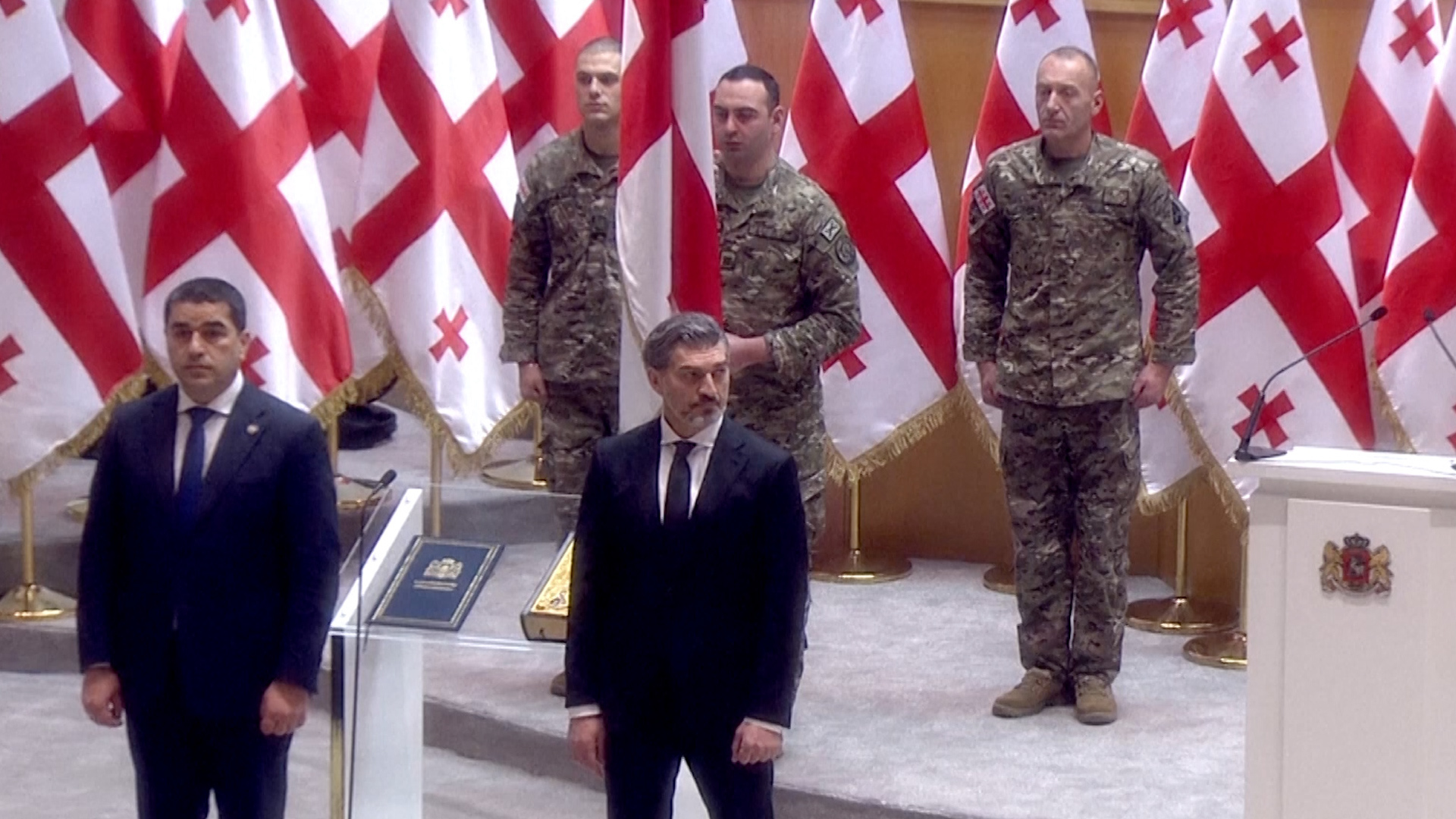
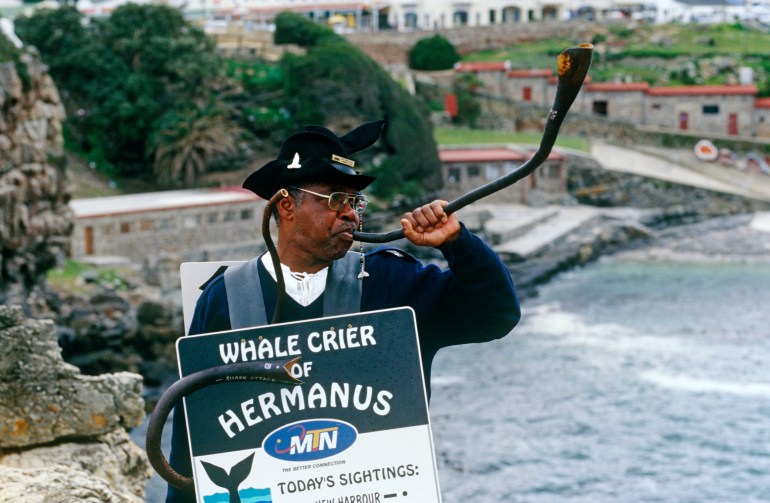
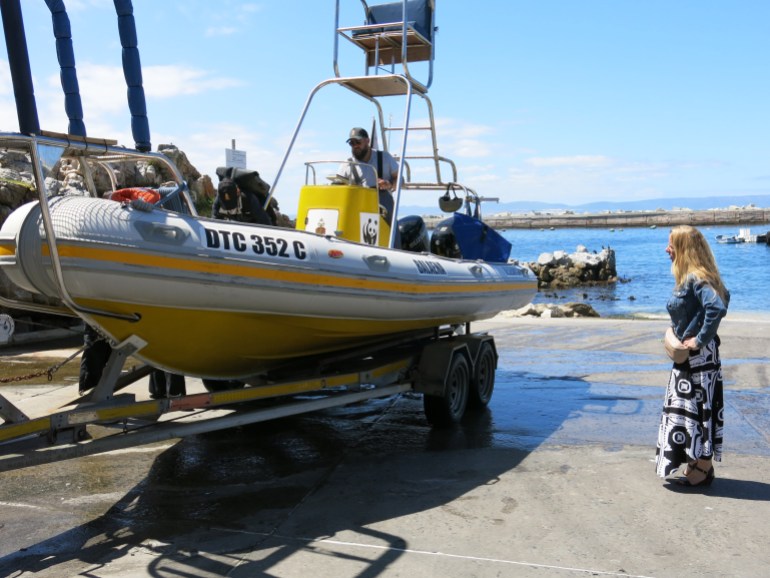
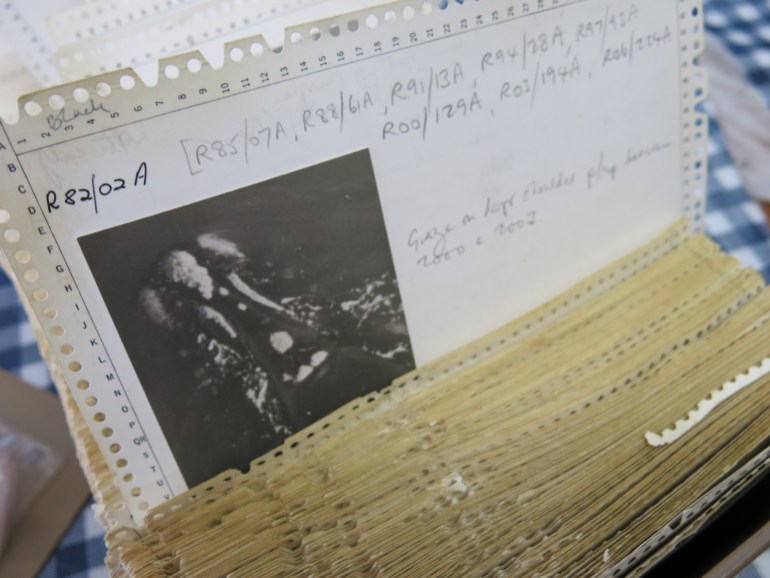
![Map shows whale movement patterns of Southern right whales. [Courtesy of the Whale Unit of University of Pretoria’s Mammal Research Institute]](https://www.occasionaldigest.com/wp-content/uploads/2024/12/image-1734369717.png)
![Southern right whales in Hermanus, South Africa. [Courtesy of the Whale Unit of University of Pretoria’s Mammal Research Institute]](https://www.occasionaldigest.com/wp-content/uploads/2024/12/biologging-whales-SA-research-1734369614.jpg)
